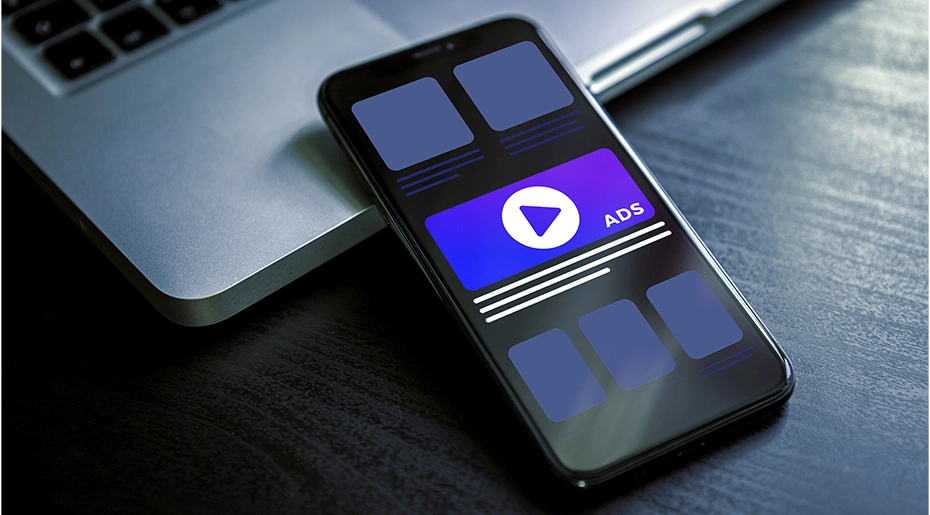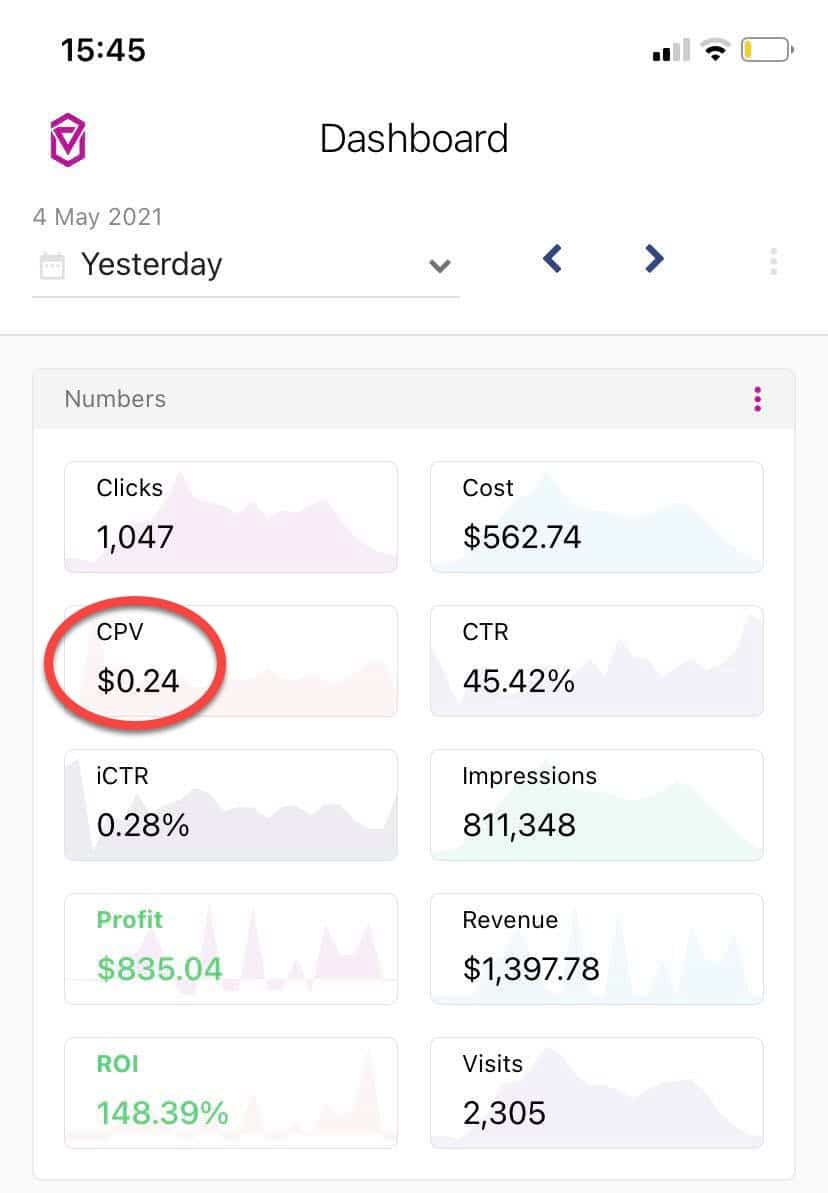
In a world where traditional advertising methods abound but struggle to capture audiences, it becomes crucial for businesses to remain authentic and unique in their prospect-facing messaging. Native advertising offers a professional and authoritative approach to engage and convert your target audience. This article will delve into the 5 key benefits of native advertising for businesses, uncovering how this marketing tactic can revolutionize your approach and amplify your success.

What Are The Benefits Of Native Advertising?
Non-disruptive and Can Encourage Users To Engage With Content
Running native ads as a media buyer or entrepreneur brings significant benefits, and one standout advantage is their non-disruptive nature. Native ads smoothly blend in with the surrounding content, adopting similar visuals and context, resulting in a less intrusive and more natural advertising experience. This seamless integration makes it challenging for users to differentiate native ads from regular content, maintaining a cohesive and uninterrupted browsing experience.

The success of these ads lies in their ability to match the form and function of the platform on which they are displayed. By doing so, native ads become an organic part of the user's content consumption journey, providing valuable information and enhancing engagement.
One successful example of this approach is Spotify's partnership with Netflix to create playlists for every Stranger Things character. By integrating these playlists within its platform, Spotify effectively combines the worlds of music and entertainment, offering users a unique and immersive experience.

This collaboration not only enhances engagement for both companies but also demonstrates the power of native advertising to seamlessly blend content and advertising in a way that adds value to the user.
As a result, businesses that utilize native ads can expect improved click-through rates and increased time spent on content, leading to higher conversions and overall campaign success.
According to Meetanshi, native ads boast a click-through rate of 0.16% on desktop and 0.38% on mobile, which is a significant improvement compared to the 0.11% click-through rate for traditional banner ads.
Drive brand awareness
You need a powerful solution that delivers exceptional results to drive brand awareness effectively. Native advertising, combined with market analysis, is precisely that solution. What sets native ads apart is their ability to target specific audience segments. With precise targeting options encompassing demographics, devices, geography, customer intent, etc., native ads empower you to enhance brand awareness or boost sales strategically.
According to a 2015 study, native ads generated 9% more brand affinity responses when compared to banner ads. This finding underscores the effectiveness of native ads in fostering positive brand connections.
You can utilize the flexibility of native ads to create upper-funnel content that educates your audience about your brand or lower-funnel content that drives action, seamlessly aligning with your marketing funnel.

By delivering tailored content that resonates with your customers' unique interests and identities, you can effectively reach them at the right moment with the right message.
Cost-Effectiveness and Efficiency

One major advantage of native advertising is its scalability, which sets it apart from platforms like Facebook. Scaling campaigns on Facebook often comes with increased costs, making it challenging to maintain profitability. However, native ads offer a much smoother scaling experience without drastic cost increases.
You can significantly increase your daily budget, and the cost per action (CPA) remains consistent. Whether you spend $1,000 or $10,000 per day, the impact on CPA is minimal.
This scalability significantly transforms businesses. It allows you to expand your advertising efforts and reach a larger audience without sacrificing profitability. By leveraging native advertising's smooth scaling capabilities, you can effectively and efficiently achieve your growth objectives. It provides flexibility and cost-effectiveness that can significantly impact the success of your campaigns.
Improve Reach to Your Target Audience
Ad-blockers have become increasingly popular as users are actively seeking ways to avoid intrusive and irrelevant ads. This poses a significant challenge for businesses trying to reach their target audience. In fact, globally, 42.7% of internet users use ad-blockers.

Fortunately, native ads offer a solution to this problem. By blending into the user experience, native ads bypass ad-blockers and ensure that brand messages successfully reach the intended audience.
Two highly effective native ad formats are in-feed ads and sponsored content. In-feed ads naturally fit into content feeds, looking like regular posts, while sponsored content provides valuable information with subtle brand promotion.

Real Alternative to Other Traffic Sources
When it comes to online advertising, companies often turn to popular platforms like Facebook and Instagram. However, there's a growing frustration among users with the structure and controversies surrounding these platforms.
Many people are deleting their Facebook accounts or choosing not to create them in the first place. This is where native ads offer a significant advantage. Unlike Facebook or Instagram, native ads are not tied to a single dedicated traffic source. They encompass the entire internet, leveraging various players and traffic sources.
While you may be familiar with big players like Taboola, Outbrain, or Microsoft Advertising, there are numerous smaller and larger traffic sources scattered throughout the web. Let's take the example of a clothing brand that wants to reach fashion-forward millennials who are passionate about sustainable fashion.
While Facebook and Instagram are popular choices, the brand can also consider exploring alternative traffic sources such as fashion blogs, eco-conscious lifestyle websites, or niche fashion communities. By advertising on these platforms, the brand can effectively target a specific audience that aligns with their values and interests. This approach allows them to expand their reach beyond the major social media platforms and connect with individuals who are more likely to be interested in their sustainable fashion offerings.
What Are The Disadvantages Of Native Advertising?
While native advertising offers numerous benefits, it's important to be aware of its potential drawbacks. Here are three key disadvantages to consider:
Disclosure and Transparency
Native advertising can sometimes blur the line between editorial content and advertising, causing confusion among consumers.
When there is a lack of clear labeling, it becomes difficult for users to differentiate between sponsored content and organic editorial content. This lack of transparency erodes trust and credibility. Failure to disclose sponsored content properly not only leads to negative brand perception but also carries potential legal consequences.
To avoid these issues, you must prioritize clear and conspicuous labeling, ensuring transparency and fostering trust with your audience. Transparent disclosure helps consumers make informed decisions and demonstrates a commitment to ethical advertising practices.

Ethical Concerns
One significant risk associated with native advertising is the potential for biased or misleading information. When native ads prioritize brand messaging over objective reporting, publishers compromise their integrity and credibility.
This prioritization of brand promotion over providing unbiased information erodes the trust that consumers place in publishers as reliable sources of content. These ethical concerns highlight the importance of careful consideration and balance in native advertising practices.
Advertisers and publishers should prioritize maintaining the integrity of their content and ensure clear differentiation between promotional messages and editorial content. By doing so, businesses can preserve audience trust and uphold ethical standards in native advertising.
Limited Control over Placement
In native advertising, you often have limited control over where your ads are placed as publishers determine specific ad placements within their platforms. You may have little say in the exact placement of your ads, which can lead to unintended association with unrelated or controversial content.
This lack of control poses a risk to brand image and reputation. To mitigate these risks, you should carefully select publishers and platforms that align with your brand values and target audience, and maintain open communication regarding ad placements and content guidelines. By doing this, you can minimize the chances of unintended associations that may harm your brand.

Conclusion
In conclusion, the benefits of native advertising are abundant, offering businesses seamless integration, precise targeting, cost-effectiveness, ad-blocker resilience, and an alternative to traditional platforms.
Despite challenges such as disclosure and limited control, native advertising remains a powerful tool for engaging audiences, increasing brand visibility, and driving meaningful results in today's advertising landscape.
Millie Pham is a guest contributor to the Marin Software blog.



